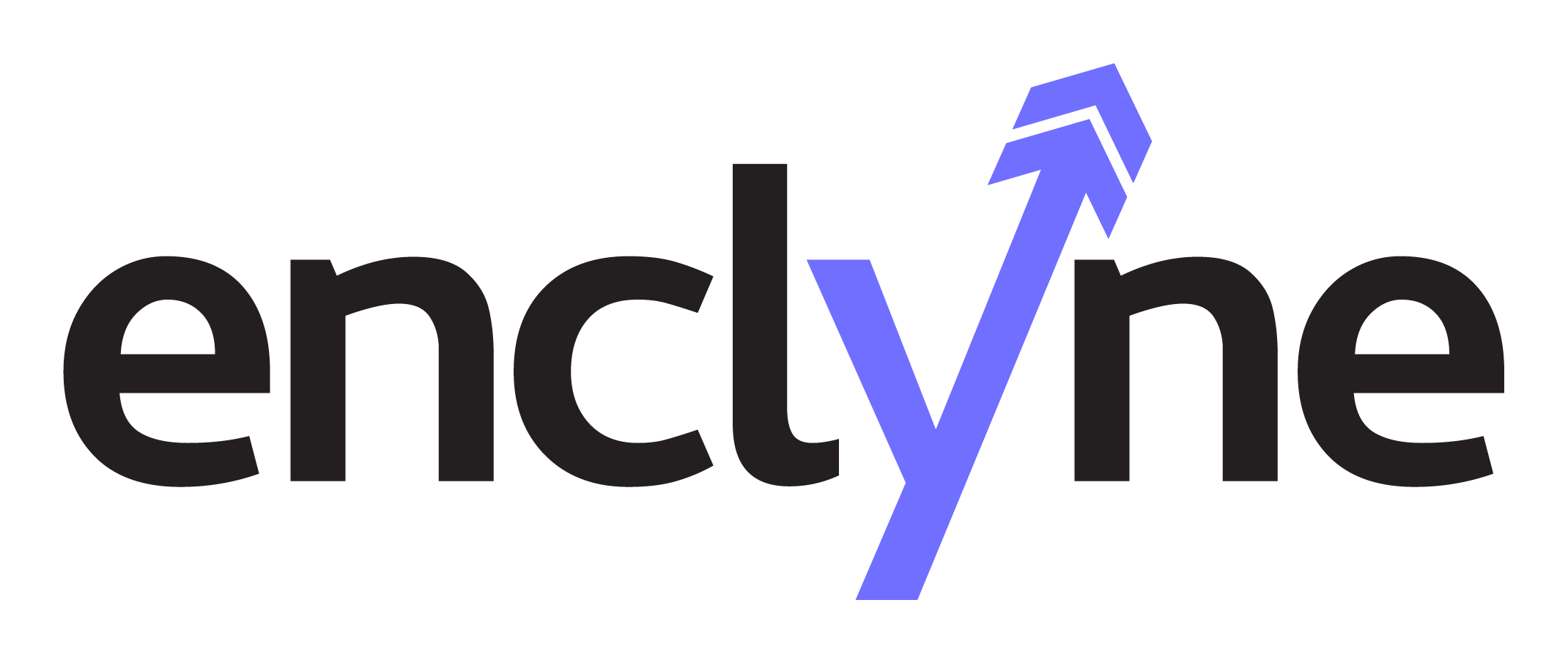Over the years, Exchange hybrid migrations have been a popular choice for organizations who want to gradually move their mailboxes to the cloud while maintaining their on-premises environment. However, recent issues with Exchange 2010 hybrid migrations have left many IT professionals in a difficult situation. Despite Microsoft’s documentation claiming that 2010 hybrid configurations are fully supported, the company’s Cloud Support team has been reluctant to provide support for this configuration. This blog will discuss the issues we are seeing with Exchange 2010 hybrid migrations and the strategy we suggest to overcome these issues.
Issues with Exchange 2010 Hybrid Migrations:
The primary issue with Exchange 2010 hybrid migrations is that Microsoft’s Cloud Support team is not providing the necessary support to customers. This is despite the fact that Microsoft’s own documentation claims that 2010 hybrid configurations are fully supported. The reason for this reluctance is that Exchange 2010 has reached end of support, and the Cloud Support team is using this as an excuse to avoid providing support.
This is a major problem for organizations that still have Exchange 2010 in their environment, as it means they cannot rely on Microsoft’s documentation regarding hybrid configuration support. This lack of support has major implications for service offerings, and IT professionals are struggling to find a solution.
Strategy for Overcoming Issues:
To overcome the issues with Exchange 2010 hybrid migrations, we suggest the following strategy:
- Pre-stage Cutover as Default Solution: For organizations with Exchange 2010 and Exchange 2013, pre-stage cutover should be the default solution. This means that mailboxes will be moved to the cloud in batches, and the on-premises environment will be decommissioned once all mailboxes have been moved.
- Upgrade to Supported Platforms: Full hybrid requires a prerequisite upgrade to Exchange 2016/2019/2021 first. This will ensure that organizations are running on a supported platform and can receive the necessary support from Microsoft.
- Consider Non-Supported Configurations as Risky: Full hybrid can be configured on non-supported platforms, but these configurations should be considered risky and ad-hoc. IT professionals should only consider these configurations on a costly T&M basis, with no guarantees.
- Plan for Future Upgrades: Starting January 1, 2025, Exchange 2016 should begin being sold similar to the above. Organizations should plan for future upgrades to ensure that they are running on a supported platform and can receive the necessary support.
Conclusion:
Exchange hybrid migrations have been a popular choice for organizations looking to move their mailboxes to the cloud while maintaining their on-premises environment. However, recent issues with Exchange 2010 hybrid migrations have left IT professionals struggling to find a solution. The lack of support from Microsoft’s Cloud Support team has major implications for service offerings, and organizations must find a way to overcome these issues. By following the strategy outlined above, organizations can ensure they are running on a supported platform and can receive the necessary support from Microsoft.
